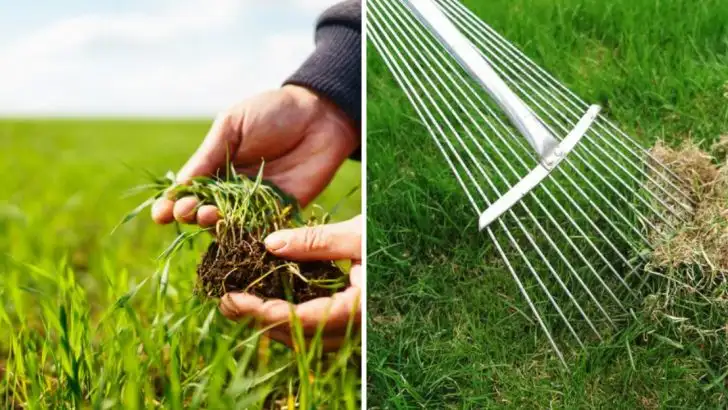Lawn care can feel like one of those endless to-do lists that never really ends—especially when half the things people swear by don’t seem to make a bit of difference. It’s easy to get caught up in routines that suck up your weekend and barely improve how your yard looks. And somehow, the neighbor’s grass always seems greener for no obvious reason.
The truth is, some lawn care tips just aren’t worth your time. Others, though, can actually make a noticeable difference—and pretty quickly, too. If you’re tired of spinning your wheels and want to know what really works (and what doesn’t), here’s a breakdown of the habits to ditch and the ones that actually pay off.
Watering Daily
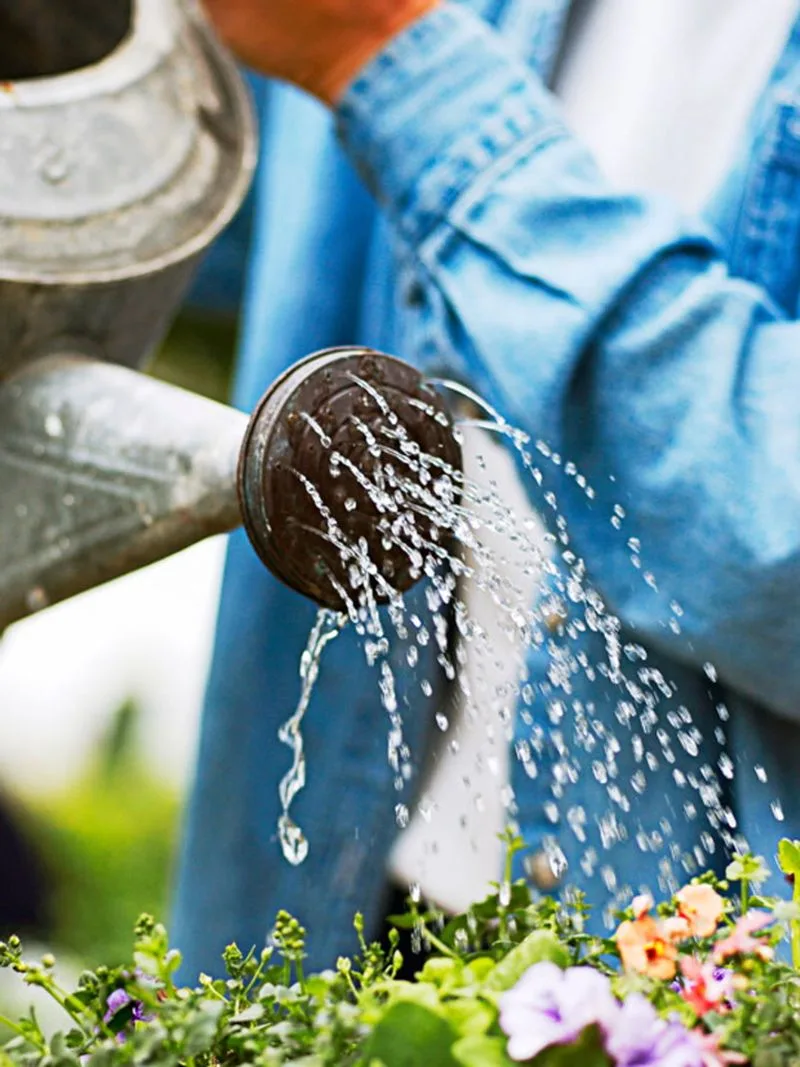
Watering your lawn every single day might seem like the best way to keep it lush and green. However, this practice can actually do more harm than good. Overwatering leads to shallow root growth, making your grass more susceptible to drought and disease.
Instead of daily watering, opt for deep, less frequent watering sessions. This encourages the roots to grow deeper, making the lawn more resilient.
A good rule of thumb is to water once or twice a week, allowing moisture to penetrate the soil. This approach nurtures a robust lawn without wasting precious water.
Using Dull Mower Blades
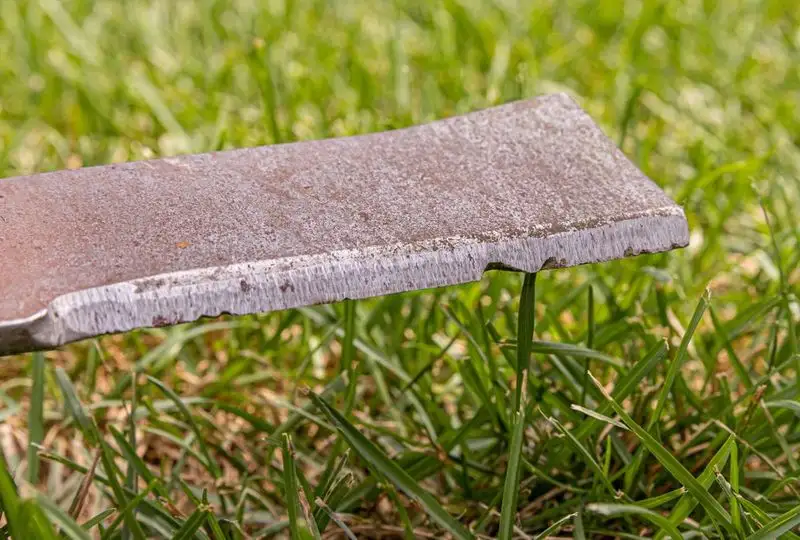
Mowing with dull blades can be more detrimental than skipping a mow altogether. Dull blades tear the grass rather than cutting it cleanly, resulting in jagged edges that are susceptible to disease and pests.
Sharp blades, on the other hand, ensure a clean cut, promoting healthy growth.
Regularly check your mower blades, sharpening or replacing them as needed. Investing time in maintaining your equipment pays off with a healthier lawn. Consider blade sharpening every 20-25 mowing sessions to keep those cuts crisp and clean.
Frequent Fertilizing
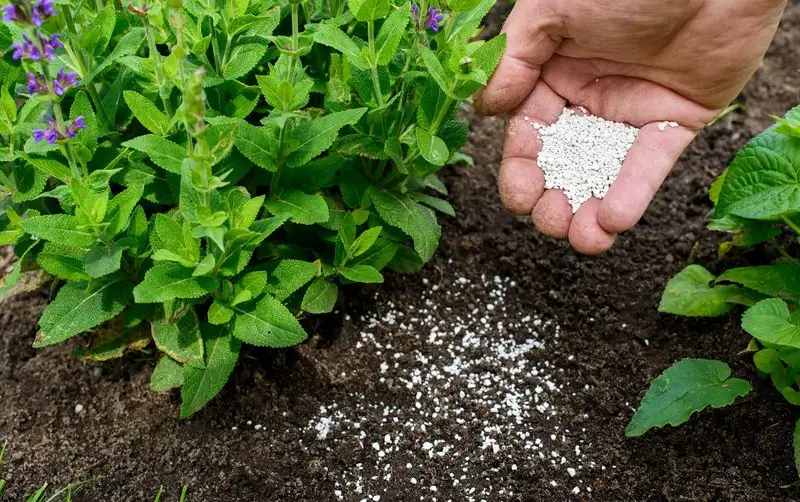
Frequently applying fertilizer may seem like a surefire way to boost growth. In reality, over-fertilizing can burn the grass and disrupt soil nutrients.
Excessive nutrients can lead to rapid growth that’s unsustainable, resulting in a weak lawn. Instead, stick to a fertilizing schedule that aligns with your grass type and climate.
Most lawns benefit from fertilization two to four times a year, with special attention during the growing season. Less is often more when it comes to achieving that vibrant, lush look.
Ignoring Soil Health

Overlooking the importance of soil health can lead to a struggling lawn, no matter how much effort you put above ground. The soil is the lifeblood of your grass; if it’s compacted or lacking nutrients, the grass won’t thrive.
Conducting a soil test can reveal vital information about nutrient deficiencies and pH levels.
Amend your soil based on these results, incorporating organic matter like compost to improve structure and fertility. Paying attention to soil health ensures a strong foundation, leading to a thriving, resilient lawn.
Using the Wrong Grass Type

Choosing the wrong grass type for your region and lawn conditions can lead to constant frustration. Some grasses thrive in cool climates, while others are better suited for warmth.
Select a grass type that matches your local climate and soil type to avoid unnecessary challenges. Consider factors like sun exposure and foot traffic when making your choice.
Consulting with a local nursery or extension service can provide insights into the best grass varieties for your area, ensuring a lawn that is both beautiful and easy to maintain.
Ignoring Thatch Build-Up

Thatch, a layer of dead grass, roots, and debris, can suffocate your lawn if ignored. While a small amount of thatch is normal, too much can block water and nutrients.
Regular dethatching, especially in the spring or fall, helps maintain a healthy lawn. Use a dethatching rake or machine to remove excess build-up.
By keeping thatch in check, you allow your grass to breathe and grow stronger. This simple maintenance task can make a significant difference in your lawn’s overall health and appearance.
Mowing Too Short

Mowing your lawn too short can cause more harm than good. Scalping the grass weakens its ability to produce energy through photosynthesis, leaving it vulnerable to weeds and disease.
A general rule is to never cut more than one-third of the grass height in a single mowing.
Setting your mower to a higher setting encourages deeper root growth and a denser plant structure. A taller lawn shades the soil, reducing evaporation and weed growth. By resisting the urge to mow too short, you’re fostering a healthier, prettier lawn.
Seeding at the Wrong Time

Timing is crucial when it comes to seeding your lawn. Many make the mistake of sowing seeds at the wrong time, leading to poor germination and wasted effort.
Cool-season grasses should be seeded in early fall, while warm-season varieties thrive when planted in late spring.
By aligning your seeding efforts with the growth cycle of your chosen grass type, you’ll ensure better success. Prepare the soil well in advance, and keep the area moist to promote seed development. Timing and preparation are key to a lush lawn.
Raking Leaves Too Early

Raking leaves too early in the season can leave your lawn exposed to harsh weather. Fallen leaves act as a natural mulch, protecting the grass from cold temperatures and retaining moisture.
Wait until most leaves have fallen before raking. This way, they can provide valuable protection without suffocating the grass.
Once raked, consider composting the leaves to enrich your soil naturally. By timing your raking wisely, you can use nature’s cycle to your advantage, enhancing lawn health through the colder months.
Avoiding Aeration
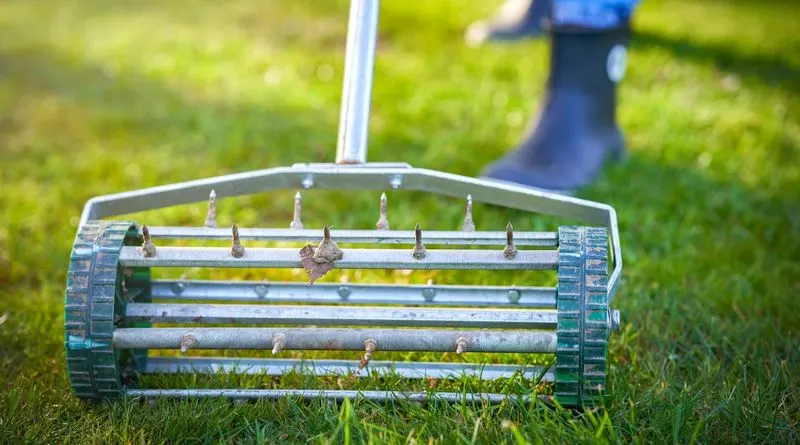
Skipping aeration can be a critical mistake, particularly for lawns with heavy foot traffic. Compacted soil restricts air and water flow to the roots, stunting growth.
Regular aeration, especially in spring or fall, alleviates compaction and improves nutrient absorption. Use a core aerator to remove small plugs of soil, enhancing root development.
This simple yet effective practice revitalizes the lawn, promoting robust growth and resilience. Aeration makes a noticeable difference in the lushness and vitality of your lawn.
Deep Watering Less Frequently
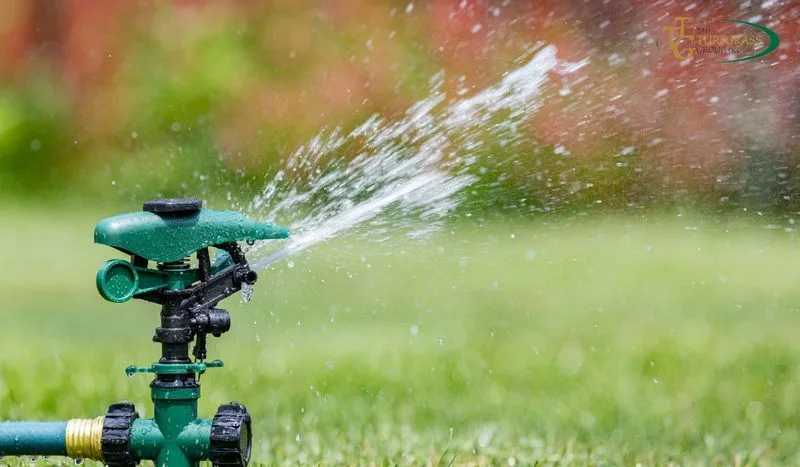
Deep watering, rather than frequent shallow watering, transforms your lawn’s health. By allowing water to penetrate deeply into the soil, you encourage root growth that is both extensive and robust.
This method provides the grass with sustenance during dry periods, making it more drought-resistant. Water your lawn once or twice a week, ensuring that moisture reaches the roots.
The result is a lush, green expanse that thrives even under adverse conditions. Deep watering saves water in the long run and nurtures a resilient, lively lawn.
Sharpening Mower Blades Regularly

Keeping mower blades sharp is a simple yet impactful way to enhance your lawn’s health. Sharp blades ensure a clean cut, which helps prevent disease and promotes healthy growth.
Dull blades can tear the grass, leaving jagged edges that invite pests. Regularly check your blades and sharpen them as needed, ideally every 20-25 mows.
This small maintenance task goes a long way in achieving a polished look for your lawn. It’s a quick fix that yields significant rewards in terms of lawn appearance and vitality.
Applying Pre-Emergent Herbicide
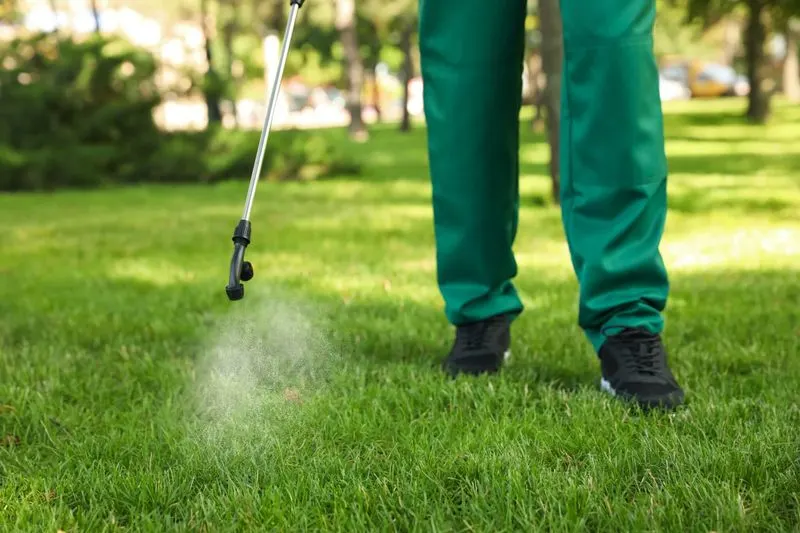
Using pre-emergent herbicides is a proactive approach to weed control that truly makes a difference. These products stop weed seeds from germinating, keeping your lawn weed-free before issues arise.
Apply in early spring or fall, depending on your local climate and weed types. This preventive measure reduces the need for later, more aggressive interventions.
A healthy, weed-free lawn is not only beautiful but also less competitive for resources, allowing grass to thrive. Pre-emergent herbicides save time and effort by nipping weeds in the bud.
Choosing the Right Grass Type
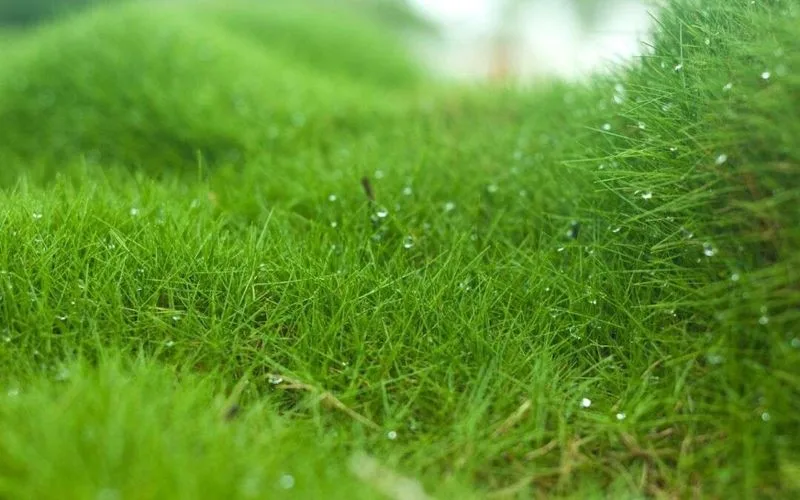
Selecting the right grass type ensures your lawn looks great with minimal effort. Choose a variety adapted to your region’s climate, soil, and sunlight conditions.
Consider factors such as shade tolerance and growth rate to match your lawn’s specific needs. Consult local experts or resources for recommendations tailored to your area.
The right grass type will establish quickly and resist local pests and diseases. This thoughtful choice leads to a lawn that’s both visually pleasing and easier to maintain.
Regular Soil Testing and Amendments
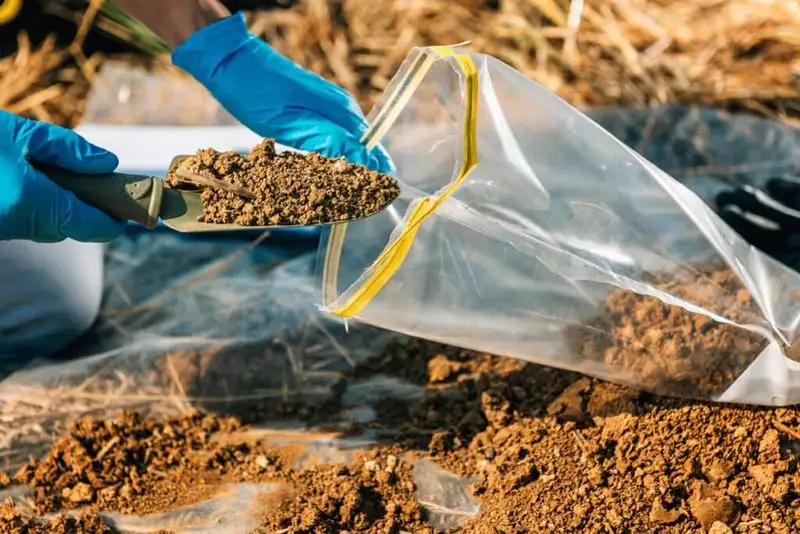
Regular soil testing is a game-changer in lawn care. By understanding your soil’s nutrient content and pH, you can tailor amendments for optimal grass growth.
Test your soil at least once a year, ideally in spring, to make informed decisions about fertilization and other treatments. Amend the soil with organic matter, lime, or other nutrients as needed.
This customized approach to soil health leads to robust grass that can withstand environmental stresses. Knowledge is power, and soil testing puts you in control of your lawn’s destiny.
Mowing Consistently at the Right Height
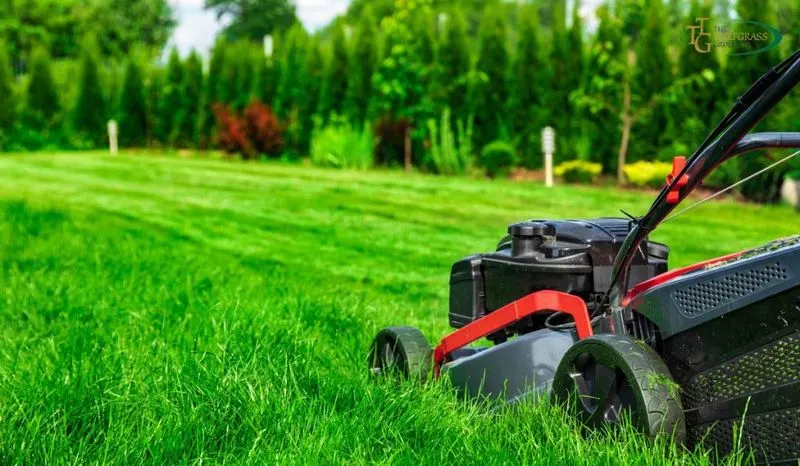
Maintaining your lawn at the proper height is key to its health and appearance. Consistent mowing prevents stress and encourages vigorous growth.
As a rule, never remove more than one-third of the grass blade at a time. Adjust your mower’s height according to the season and grass type to promote resilience against pests and drought.
Regular mowing at the right height keeps your lawn looking pristine and thriving throughout the year. It’s a simple routine that pays off with a beautiful, robust lawn you can be proud of.
Using Organic Fertilizers
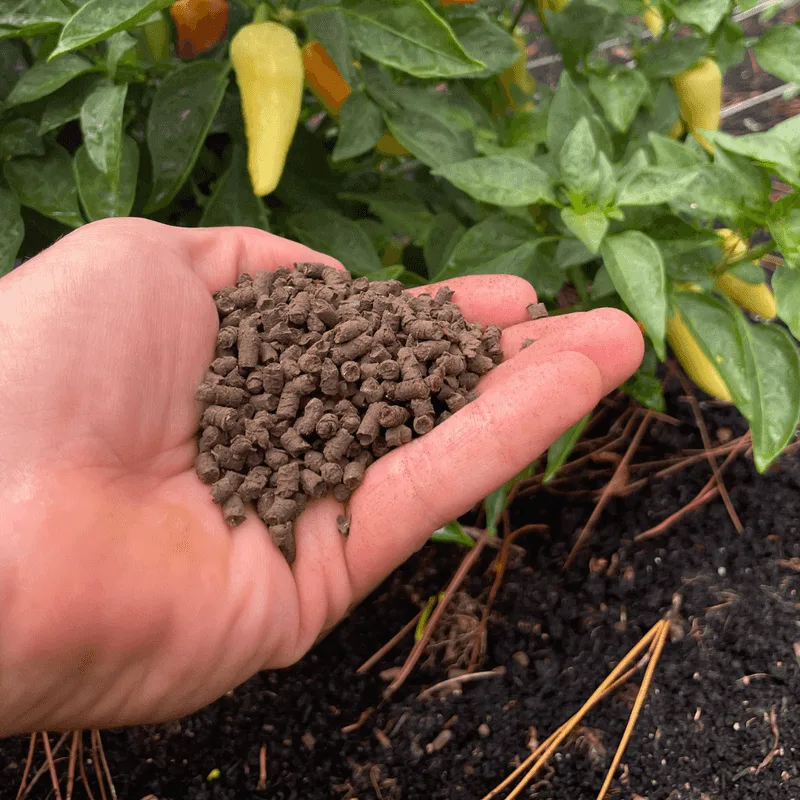
Organic fertilizers are a sustainable way to nurture your lawn’s health. Derived from natural sources, they slowly release nutrients, supporting steady growth.
They improve soil structure and encourage beneficial microorganisms, leading to a resilient lawn. Use them according to your soil test results for best outcomes.
Though they may take longer to show results than synthetic options, the long-term benefits to soil health and the environment are invaluable. Organic fertilizers create a thriving ecosystem right in your backyard, offering a lush, green paradise.
Seasonal Aeration
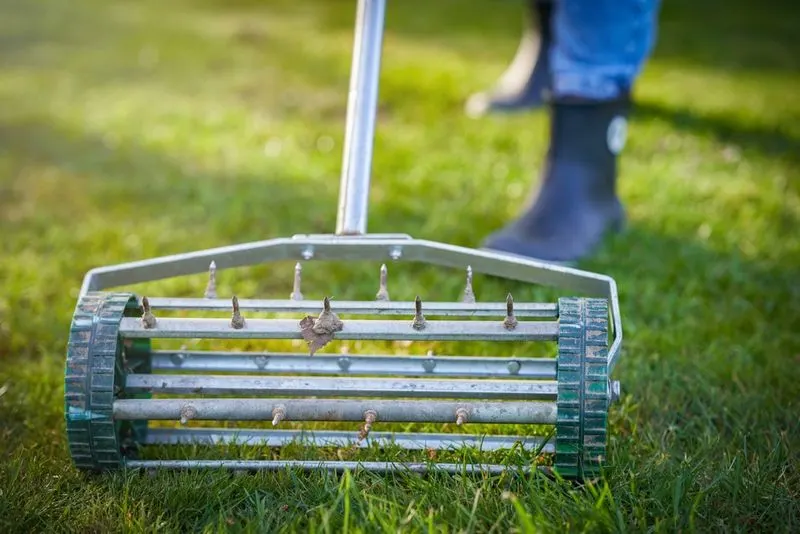
Aeration is a vital practice that revitalizes your lawn by improving air, water, and nutrient flow to the roots. By regularly aerating, you alleviate soil compaction, enhancing root growth and resilience.
Perform this task in spring or fall, when the grass is actively growing. Use a core aerator for the best results, removing small plugs of soil.
This process allows your lawn to breathe and thrive, making a visible difference in its lushness and vibrancy. Seasonal aeration is an investment in the long-term health of your lawn.
Composting Lawn Clippings
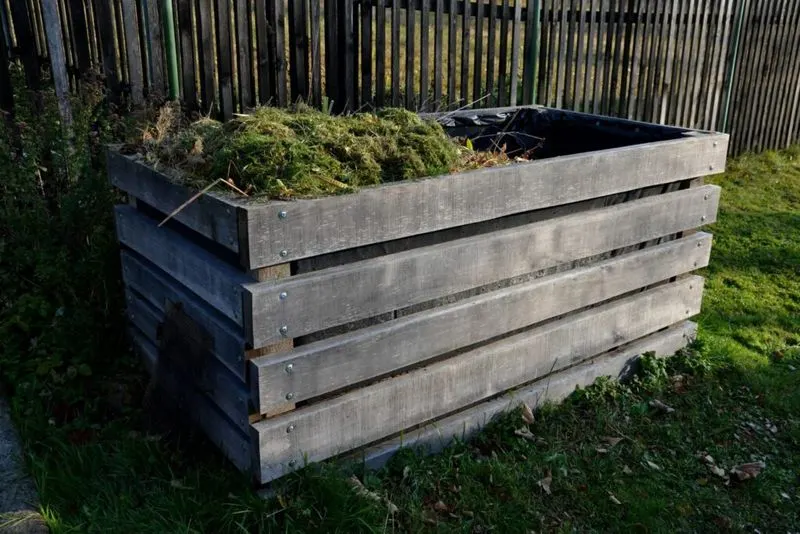
Composting lawn clippings is an eco-friendly way to boost soil fertility and reduce waste. By turning clippings into compost, you recycle nutrients back into the soil, promoting healthy grass growth.
Collect clippings after mowing and allow them to decompose in a compost bin or pile. Use the resulting compost to enrich your lawn or garden beds.
This natural approach reduces the need for chemical fertilizers and supports a thriving ecosystem. Composting is not only good for your lawn but also for the planet, creating a sustainable green space.
Proper Lawn Reseeding
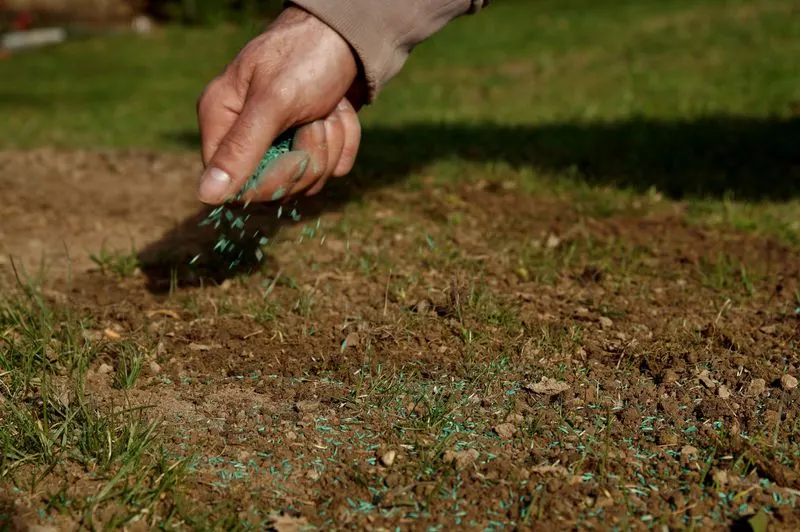
Reseeding is essential for maintaining a thick, vibrant lawn. Over time, grass can thin out due to wear, disease, or environmental conditions.
Choose the right seed mix for your lawn’s conditions, and prepare the soil by clearing debris and loosening the surface. Spread seeds evenly and keep the area moist to encourage germination.
A well-executed reseeding ensures a full, lush lawn that can better resist weeds and pests. It’s a simple task that rejuvenates your lawn’s appearance and health, making a significant impact.

